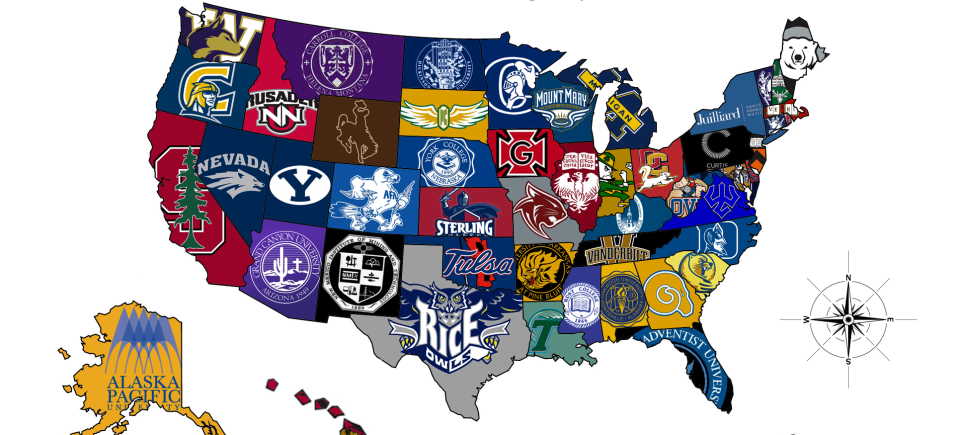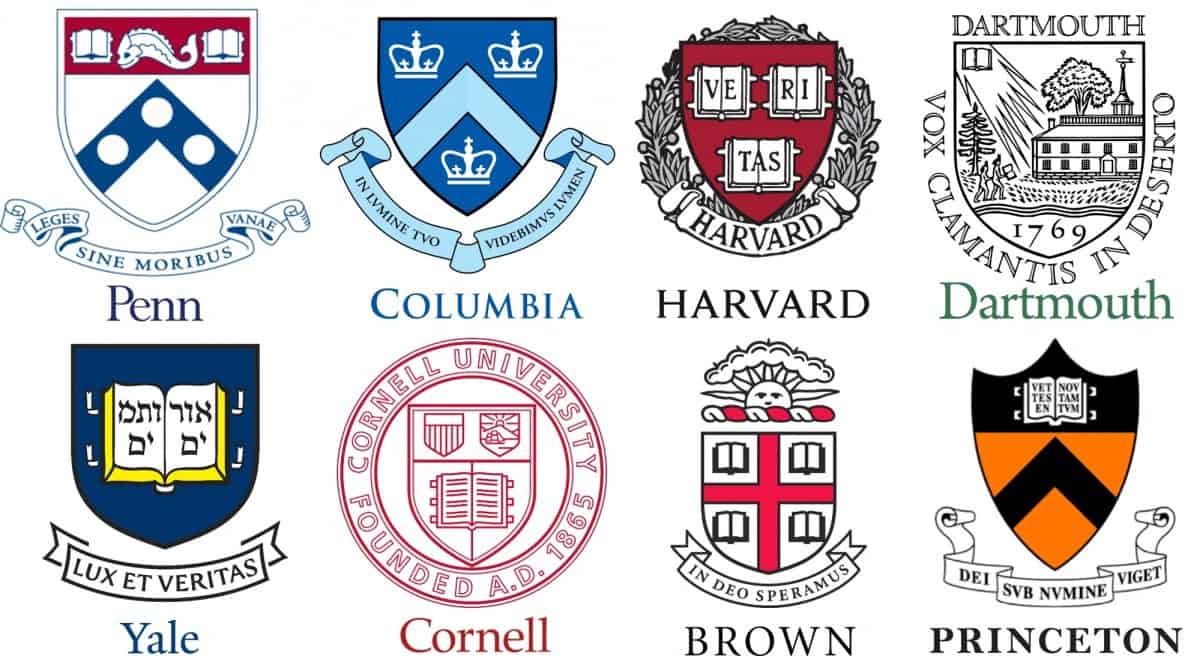College Admissions
College admissions is all about finding a school that fits the student. Applicants are looking for an environment where they can thrive academically and personally. This project seeks to inform students on some key information that might be helpful when picking colleges that fit best for them.
Graph Number 1: Applicants vs Admissions
This graph plots applicants vs admissions on the scatterplot. The size is the total enrollment, and the color shows whether it is a private or public institution. The trendlines show the average admissions rate for that type of school, and public schools had an average admissions rate of 53.3% while private schools had an average admissions rate of 29%.
Insights:
Private institutions have lower acceptance rates.
Most public schools have larger sizes and possibly therefore higher acceptance rates.
Many of the lowest acceptance rate schools are all private schools.
Graph Number 2: Pie charts by race.

USC has a smaller white population than many other schools, and a larger asian population.

Indiana University in South Bend is mostly white.

MIT has a somewhat large hispanic and asian population.
Graph Number 3: Test scores
Comparing 25th and 75th percentiles scores for SAT between five different schools: MIT, USC, Indiana University in SB, UT Austin, and Purdue
Insights:
MIT has the highest 25th and 75th percentiles, meaning it is probably the most difficult to get into in terms of test scores.
Indiana University in SB has the lowest scores so it probably isn't as difficult to get into compared to the other 4 schools.
From the graph, we are able to clearly see that MIT and USC are more competitive than Indiana University in SB and Purdue.

Graph Number 4: Undergraduate vs Graduate Population

Insights:
Schools like UT Austin and Purdue have much larger undergrad populations, prioritizing undergraduates over graduate students.
MIT and USC have much larger graduate students meaning they place greater emphasis on their graduate programs.
Indiana University in SB's graduate program is clearly not well-established, hence the few amount of graduate students.
Graph Number 5: Tuition, Financial Aid, and Endowment
Insights:
From this scatterplot, it is clear which schools have larger amounts of endowment visualizing how well funded they are.
It is clear in this graph which schools charge a higher tuition and which schools give out more financial aid.
Many of the schools with higher endowment seems to give out less financial aid.
Final Thoughts
The above graphs and insights can make or break a high school student's decision to attend or even apply to certain colleges. It is critical that high school students are familiar with key information regarding different colleges. The more well informed they are the more likely they are to find the school that fits best for them.



